Highland Council’s education committee has agreed to make “huge changes” to how the council funds schools to deliver additional support for learning (ASL).
Under the plan agreed at today’s committee meeting, ASL funding will be decided by an algorithm.
Education bosses say this is the fairest way of simplifying the system and getting the money to the schools who need it most.
It’s part of a long-running review of ASL funding.
Councillors described the changes as “incredibly important” and a “massive undertaking”. With that in mind, opposition members asked for more detail and worked examples of how the algorithm would impact Highland schools.
However, they lost a vote to defer the decision to a special meeting. Instead, the administration approved the ASL funding plan.
How will Highland schools receive ASL cash?
Highland Council says it has one of the highest ASL funding rates in Scotland. As such, they say resource isn’t really a problem when it comes to ASL. The real problem is making sure the money is divided fairly across the region.
Currently, teachers spend large portions of time writing complex and lengthy ‘child plans’ which set out the exact support each pupil requires. With 43% of Highland children having some kind of ASL need, that’s a lot of paperwork. But this paperwork is key to unlocking ASL funding.
Under the new system, child’s plans will be shorter and simpler. Instead, funding will be allocated according to an algorithm developed with head teachers.
The algorithm looks at the size of the school roll, the number of pupils who are eligible for clothing and shoes grants, the Scottish Index of Multiple Deprivation, and rurality.
This will automatically calculate funding levels, but head teachers can also move some money around between local schools.
Education boss Nicky Grant told councillors: “This puts the power back into head teachers’ hands.”
Chairman John Finlayson said it would greatly reduce bureaucracy too. “Teachers need to be doing their day job, not spending hours and hours justifying why they’re there,” he said.
‘I would hate to make a mistake here’
However, the exact weighting of each factor in the algorithm was not revealed to councillors until a verbal presentation at the start of the meeting. This caused alarm among some members.
“I have to red flag this paper,” said Conservative councillor Helen Crawford. Highlighting that these proposals were four years in the making, Ms Crawford said there was a lack of clarity and detail.
Liberal Democrat members agreed, calling the report “disappointing”. Alasdair Christie cautioned: “Algorithms create winners and losers.” He suggested that Inverness might benefit unfairly at the expense of smaller schools with greater need.
“I’m happy with the direction of travel but I would hate to make a mistake here,” he told the committee.
Ms Crawford proposed an amendment that the committee delay a decision on the ASL funding plan. Instead, they should hold a special meeting with worked examples of the algorithm in action. Opposition members also wanted more information on the consultation process with teachers, parents and pupils.
Mr Christie seconded the amendment, but the motion to approve comfortably won the vote.
Move away from special schools
The changes to ASL funding reflect a wider shift in how schools educate their most vulnerable pupils.
The Scottish Government favours a “presumption of mainstreaming”, meaning that wherever possible, ASL pupils should be supported within mainstream schools.
Highland has three special schools, clustered around the Inner Moray Firth, and enhanced provision units scattered across the region.
Like other local authorities, Highland Council will now start to review the admissions procedures for these schools. This makes it more important than ever that the money and staff are where they need to be across the Highlands.
Councillors recognised that these are major and unsettling proposals for pupils, parents and schools. Education bosses sought to emphasise that overall staffing levels will not change, and funding adjustments will be phased in over three years.
Ms Grant described it as a much-needed simplification of the ASL system.
Councillor Liz Kraft added: “This is change but not for change’s sake. This is progress.”
Are you interested in more exclusive and breaking Highland and Islands news from the P&J? If so, why not join our dedicated Facebook page HERE
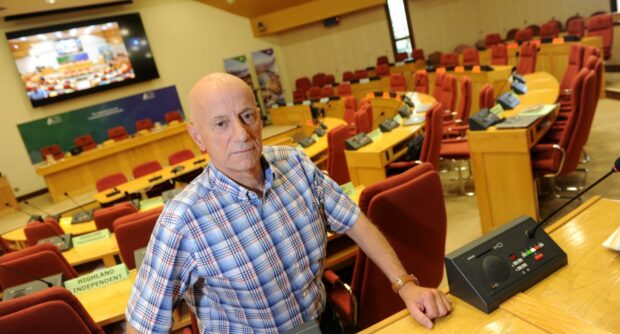

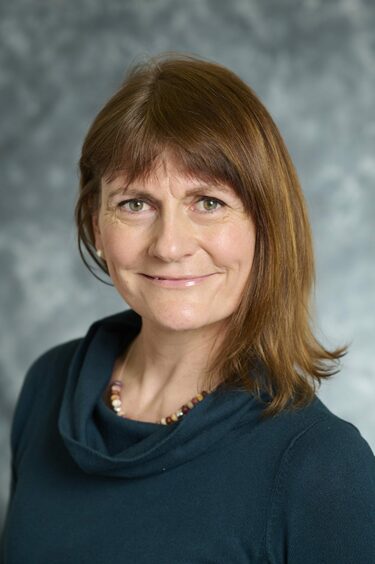
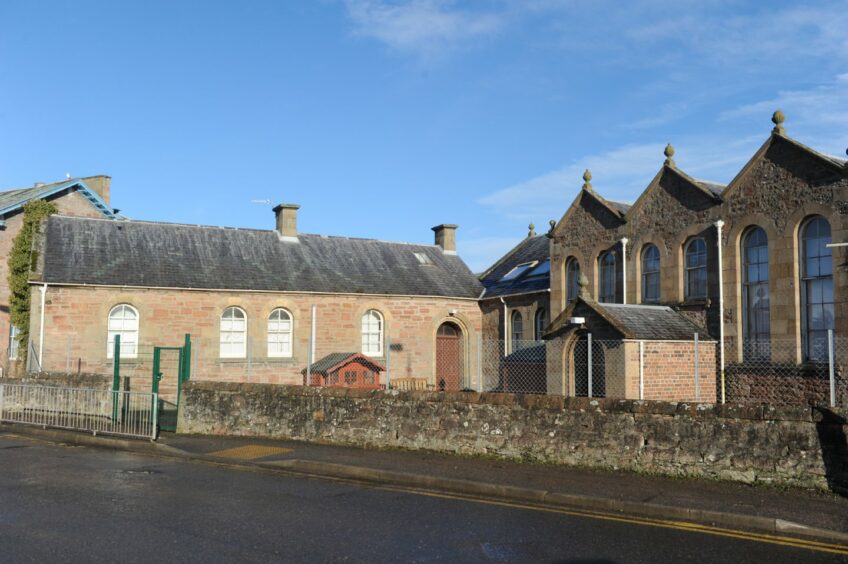
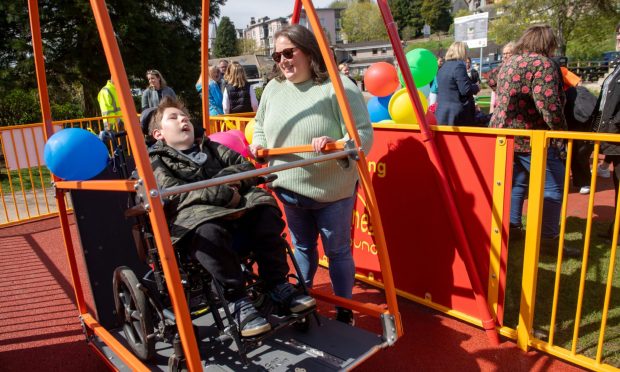



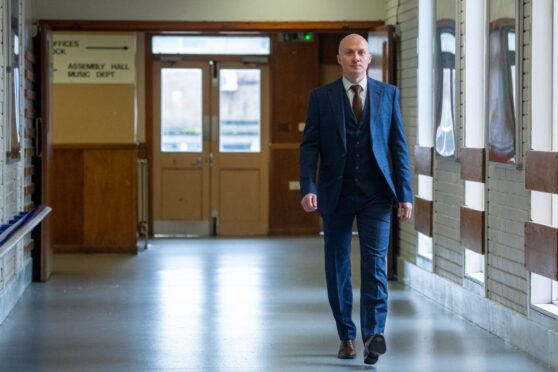
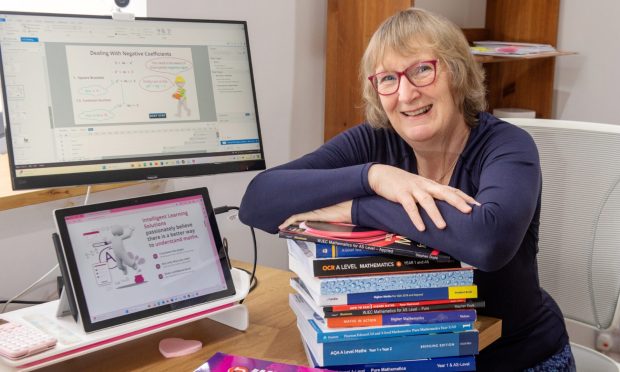
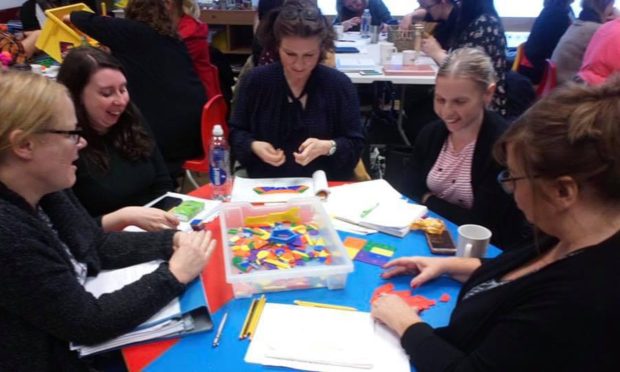


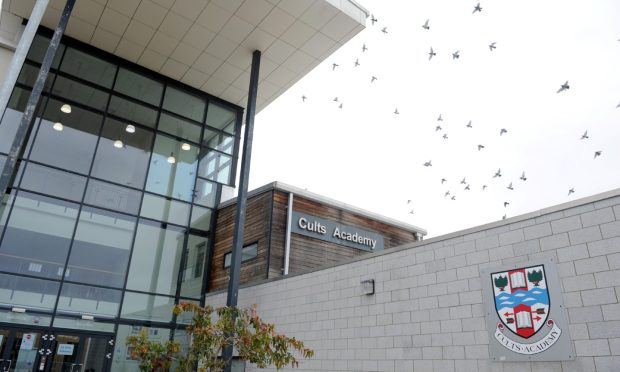
Conversation